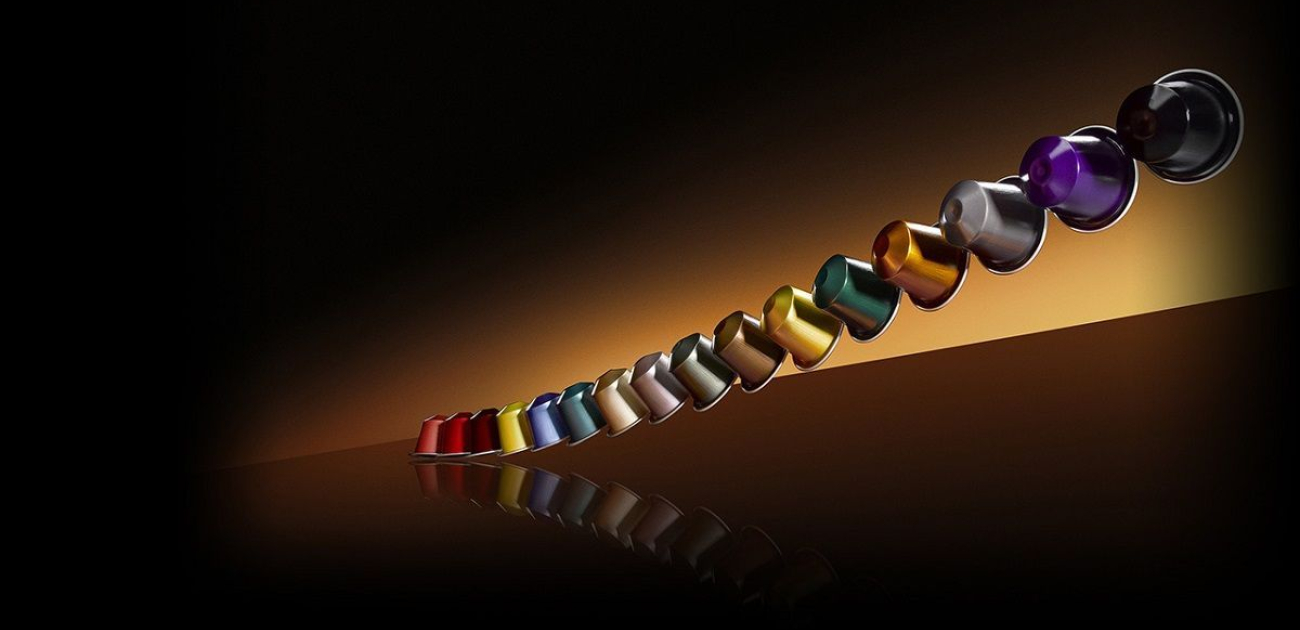Nespresso Capsules : What Else…than the End of IP Protection?
In 1986, food giant Nestlé revolutionized the world of coffee by introducing the Nespresso machine and premium portioned coffee, making it possible for every consumer to have an espresso at home.
Since then, Nestlé used all the available means to protect its invention from its competitors and tried to keep the exclusivity on “homemade” espressos for as long as possible.
With great power comes great IP protection and hence great resistance from competitors
In a first stage, patent protection was sought on the espresso machine and its capsules, protection that had been granted for several years until some patents fell in the public domain. During this period, other producers of capsules compatible with Nespresso coffee machines also challenged the validity of Nestlé’s patents protecting Nespresso capsules. One competitor, the Ethical Coffee Company (ECC), obtained in 2012 the invalidation of Nestlé’s last patent on the Nespresso system filed in 2010 from the Board of Appeal of the European Patent Office.
Meanwhile, Nestlé tried to keep exclusivity on its capsules through trademark registration. In July 2001, an international three-dimensional trademark was registered for several products, including coffee. This three-dimensional trademark, filed by Nestlé, ought to protect the capsules specifically conceived for the Nespresso machines.
On November 19th, 2013, Nestlé’s competitor Mondelez-Kraft introduced nullity proceedings against the three-dimensional trademark registration before the Court of Commerce of Brussels. Their action was based on the argument that this trademark would consists solely of a shape which was necessary to obtain a technical result (article 2.1.2 of the Benelux Convention on Intellectual Property).
Nestlé did not appear at the introduction hearing. It led the Tribunal to render a judgment “by default” granting all demands of Mondelez-Kraft. Nestlé lodged an opposition procedure before the same court. On November 4, 2016, the Court confirmed its first judgment and ordered the radiation of Nespresso’s three-dimensional trademark from the Benelux trademarks register. The decision was kept under the radar and was only reported by the press a few weeks ago.
Three-dimensional trademark for capsules
Article 2.1.2 of the Benelux Convention on Intellectual Property (BCIP) states that: “(…) signs consisting solely of a shape which results from the nature of the goods, which gives a substantial value to the goods or which is necessary to obtain a technical result cannot be considered as being individual trademarks.”
The jurisprudence of the CJEU repeatedly explained the rationale behind this rule: otherwise, trademark protection would confer monopolies based on technical solutions or utilitarian characteristics. That is supposed to be the dividing line between trademark protection and patent protection.
The decision is interesting as it examine in details the conditions for the application of article 2.1.2 BCIP. According to the Court, for the article 2.1.2 to be fully applicable, the sign must consist exclusively of the shape of the product, with the consequence that if only one of the essential characteristics of the product has no technical function, the three-dimensional trademark will be valid. By “necessary”, the Tribunal considers that each essential characteristic must be a sine qua non condition to obtain the technical solution. According to the Court, the existence of alternative forms does not contradict the above. The Court refers here to the Lego / Megabrands case. The decision is also interesting as it gives guidelines on the elements which can be taken into account in determining the technical function of an essential characteristic.
In its assessment of the essential characteristics of the Nespresso capsules, the Court used some elements derived from Nestlé’s previous patent applications, which allowed the judge to gather information on the technical functions of the essential characteristics of the capsule. In its argumentation, Mondelez-Kraft used previous decisions from foreign jurisdictions on similar matters, especially the decision of the civilian Court of the Cantonal Court of Vaud, Switzerland which made reference to the judiciary expertise on the essential characteristics of the Nespresso capsules.
Finally, the Court held that: “the global technical function of a Nespresso capsule is not to extract coffee but to do it, with the specific quality, notably in terms of water diffusion inside the capsule that is allowed by the shape of this capsule and hence by the combination of its essential characteristics.” The mere fact that competitors have created alternative capsules that are compatible and acceptable for Nespresso machines does not entail that these alternative capsules have the same technical result, qualitatively and quantitatively, than the protected capsule under three-dimensional trademark and Nestlé does not prove this is the case.
What is next for Nespresso ?
It has not been made official yet whether Nestlé is going to appeal this decision, but it clearly weakens Nestlé’s position on the coffee market. Either way, it is safe to say that between improvements of its products regarding environmental issues, IP proceedings and the relentless need to innovate to keep its leading position on the market, Nespresso does not fear boredom.
Do you want more information?
 Gregory Sorreaux
Gregory SorreauxGrégory provides strategic, business-oriented advice and has litigation skills under IP law, food law, market practices, product regulation and commercial disputes.
